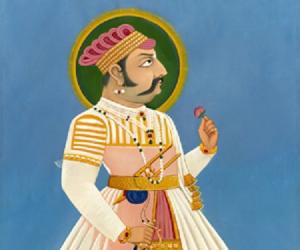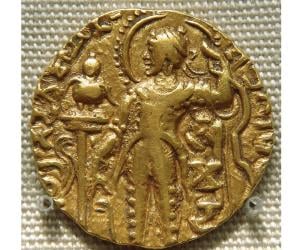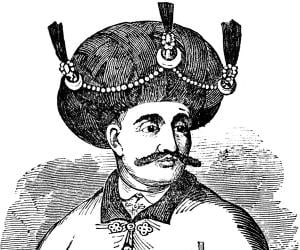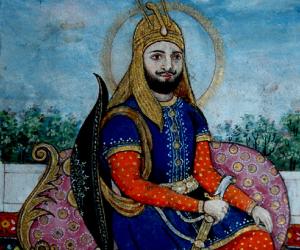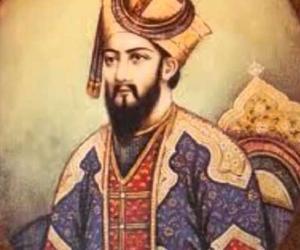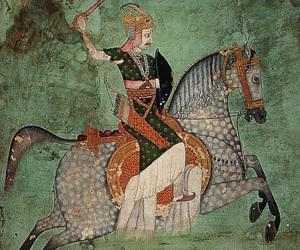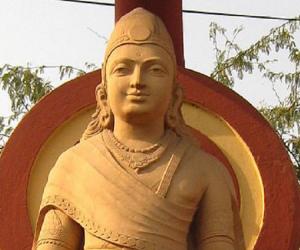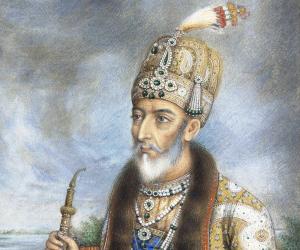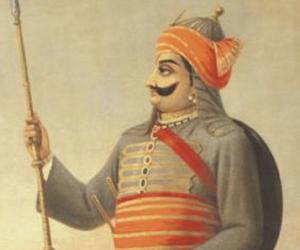Born: 1433
Kumbha of Mewar
(Ruler of Mewar)
Kumbhakarna Singh, better known as Rana Kumbha, was the ruler of Mewar, in India, from 1433 to 1468. He was the son of Maharana Mokal Singh, hailing from the Sisodia clan of Rajputs. One of the most powerful rulers in the Indian subcontinent in the 15th century, he bravely fought against the Muslim invaders and established Mewar as one of the major states ruled by an Indian ruler, owing sovereignty to no foreign invader. His father Maharana Mokal was assassinated by his paternal uncles, Chacha and Mera, and political chaos pervaded in Mewar regarding the succession. The assassins of the maharana received no support from the nobles and had to flee. Thus Rana Kumbha ascended the throne of Mewar, with assistance from Ranmal (Ranamalla) Rathore of Mandore. A few years hence Rana Kumbha had to face attacks from Mahmud Khilji, Sultan of Malwa, who had successfully captured Machhindargarh, Pangarh and Chaumuha. Fierce battles between the two powerful rulers followed and Rana Kumbha successfully defeated him, even talking Khilji a prisoner for a few months. He went on to vastly expand his territories and ably defended Mewar from his enemies. Rana Kumbha is also well known for his architectural works, the best known of which is the Vijay Stambha of Chittor.
Emperors & Kings #1158
Historical Personalities #1641
8
3
